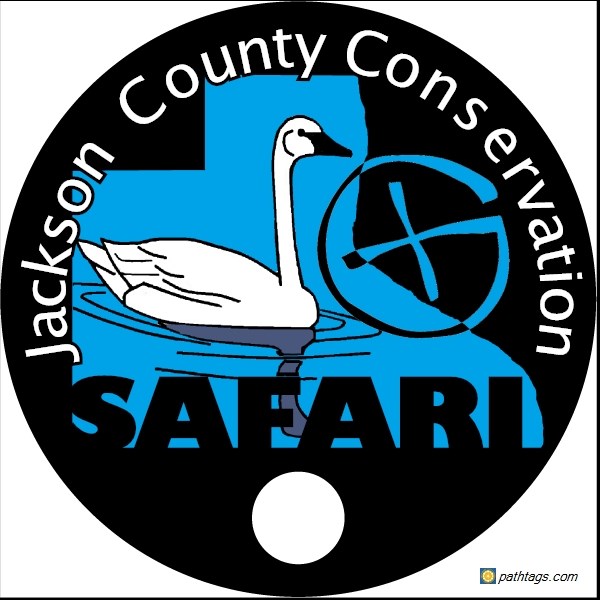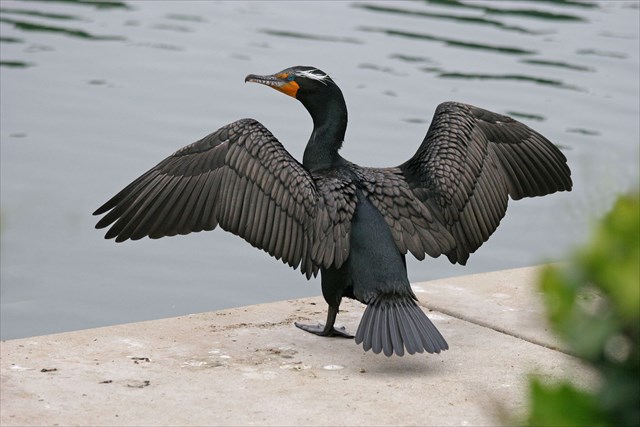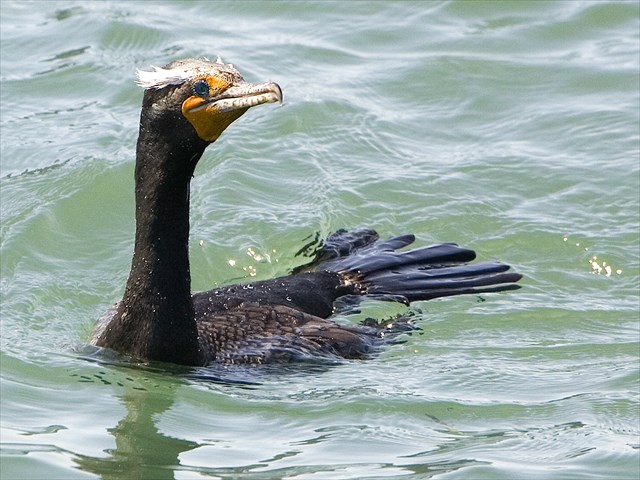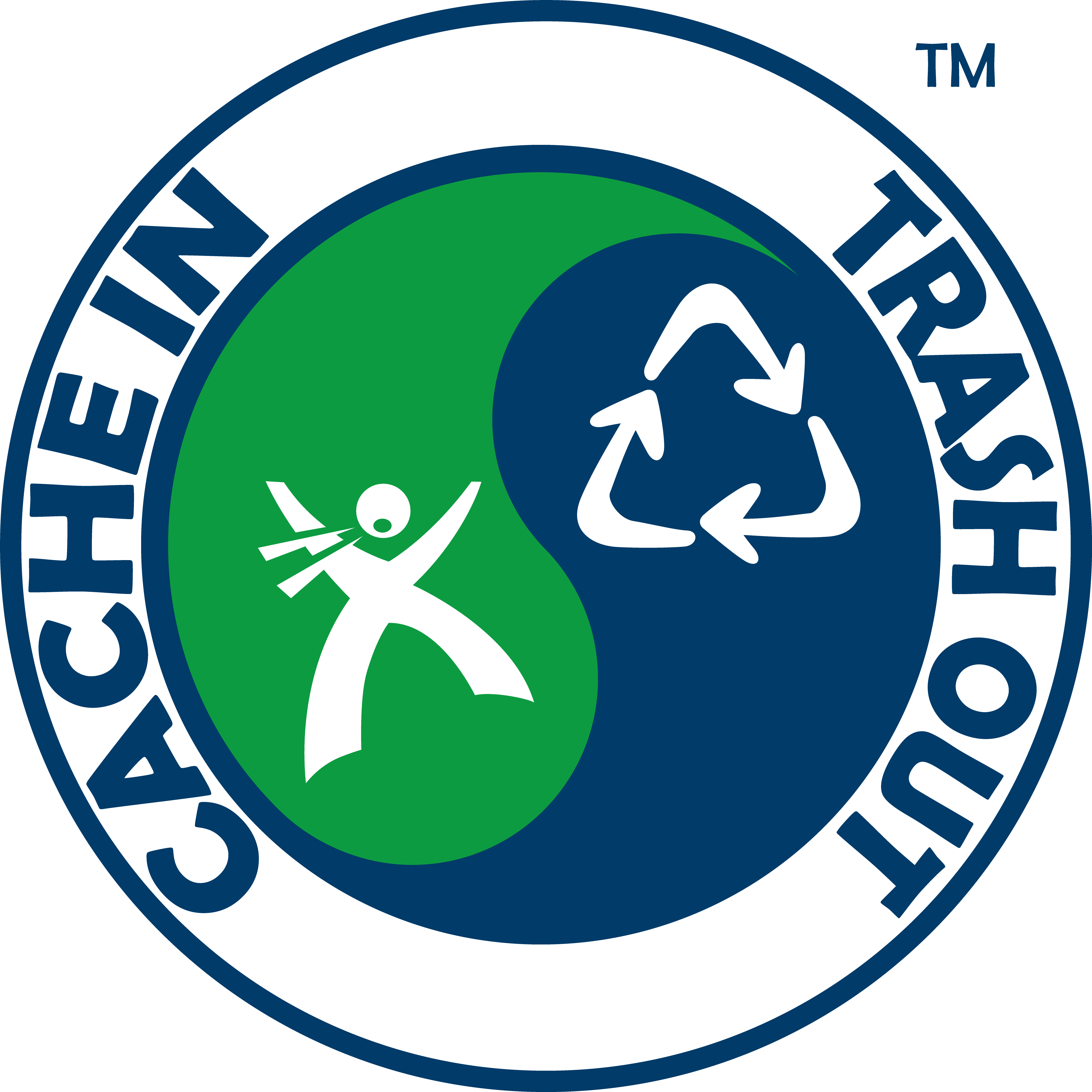Double-crested Cormorant-J.C.C.Geocache Safari #10 Traditional Geocache
Double-crested Cormorant-J.C.C.Geocache Safari #10
-
Difficulty:
-

-
Terrain:
-

Size:  (regular)
(regular)
Related Web Page
Please note Use of geocaching.com services is subject to the terms and conditions
in our disclaimer.
Safari Cache at Sabula South Lakes Park.
This traditional cache is part of the Jackson County Conservation Geocache Safari series. The safari series encourages geocachers to visit the county parks in Jackson County. Enjoy your visit to all of the safari caches, collect all of the code words from the caches and redeem them for a pathtag reward.
Be sure to follow the Safari Cache directions and rules below to have a successful cache experience.
Explore Jackson County parks, learn about different bird species and have fun geocaching!

#10 Double-crested Cormorant
The gangly Double-crested Cormorant is a prehistoric-looking, matte-black fishing bird with yellow-orange facial skin. Though they look like a combination of a goose and a loon, they are relatives of frigatebirds and boobies and are a common sight around fresh and salt water across North America—perhaps attracting the most attention when they stand on docks, rocky islands, and channel markers, their wings spread out to dry. These solid, heavy-boned birds are experts at diving to catch small fish.
http://www.allaboutbirds.org/guide/Double-crested_Cormorant/id

FUN AND INTERESTING FACTS ABOUT THE DOUBLE-CRESTED CORMORANT
♦ From a distance, Double-crested Cormorants are dark birds with snaky necks, but up-close they’re quite colorful—with orange-yellow skin on their face and throat, striking aquamarine eyes that sparkle like jewels, and a mouth that is bright blue on the inside.
♦ Cormorants often stand in the sun with their wings spread out to dry. They have less preen oil than other birds, so their feathers can get soaked rather than shedding water like a duck’s. Though this seems like a problem for a bird that spends its life in water, wet feathers probably make it easier for cormorants to hunt underwater with agility and speed.
♦ In breeding colonies where the nests are placed on the ground, young cormorants leave their nests and congregate into groups with other youngsters (creches). They return to their own nests to be fed.
♦ The Double-crested Cormorant makes a bulky nest of sticks and other materials. It frequently picks up junk, such as rope, deflated balloons, fishnet, and plastic debris to incorporate into the nest. Parts of dead birds are commonly used too.
♦ Large pebbles are occasionally found in cormorant nests, and the cormorants treat them as eggs.
♦ The oldest known Double-crested Cormorant was more than 22 years old, banded in Ontario in 1984 and found in Louisiana in 2006.
♦ Cormorants are found along the coast of Great Britain and rest of Europe, Africa, Asia, eastern North America and Australia.
♦ These birds can dive as deep as 100 feet and the longest recorded dive has been of 71 seconds.
♦ Cormorants were used by fishermen to catch fish in Asia. They would tie a string around their neck and leave them in the water. Since their necks would be tied they would not able to swallow the fish, therefore, they take it out when they come to the boat.

Safari Cache Rules
(Disclaimer-The safari journal and the other safari caches do not need to be completed to claim a found it on this geocache)
1) Begin the Jackson County Conservation Geocache Safari at [ Trumpeter Swan-J.C.C.Geocache Safari #1 ] [ GCxxxx ]
2) At [ Trumpeter Swan-J.C.C.Geocache Safari #1 ] there will be blank copies of the Safari Journal for you to pickup. Additional copies are available inside the Hurstville Interpretive Center during operating hours.
3) The Safari Journal has information on the 12 Safari Caches that will need to be found.
4) Each Safari Cache has a code word on the cache container that will need to be entered into the Safari Journal.
5) Once the journal is completed with all of the code words, it can be returned to the Hurstville Interpretive Center for a special Safari pathtag.
6) All of the Safari Caches are on public use property and all rules and laws are to be followed.
7) Cache at your own risk.
8) There will be a limit of 1 pathtag per geocacher and two pathtags per family.
9) All children who complete the safari will be allowed their choice of one prize from the safari prize box located inside the Hurstville Interpretive Center.
Safari Cache Instructions
#10 Double-crested Cormorant
1) The cache is located at the posted coordinates.
2) Use the information from the cache listing or the Safari Journal to locate the cache.
3) Once you find the cache, sign the log and locate the code word.
4) Enter the code word into the Safari Journal for #10 Double-crested Cormorant.
5) When all of the caches have been found and all of the code words have been collected, return to the Hurstville Interpretive Center to trade your completed journal for a Safari Pathtag.


Please remember that all caches in the Jackson County Conservation Areas are CITO locations.
Member

Additional Hints
(No hints available.)